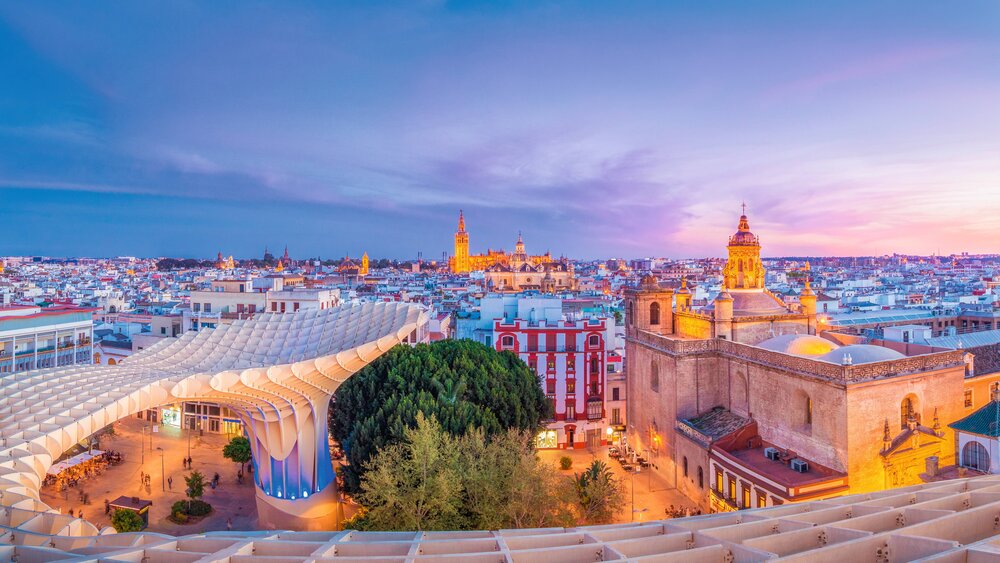European city to replicate ancient Iranian technology against heatwave

TEHRAN–Scorching heat has hit many European cities this summer. To lower average temperatures, engineers in Spain’s Seville have come up with a way to replicate the ancient technology of the qanats, which Iranians created more than 1,000 years ago.
A UNESCO World Heritage, the Iranian expertise consists of building underground canals that carry water across a large area that needs to be cooled. Vertical shafts pierced along the canal take air underground to the surface, lowering temperatures above ground.
According to Bloomberg, the new system will replace an old qanat, which was first used in modern Seville in 1992 as an experimental project, while the city was hosting the Universal Exposition. It helped bring down the road's temperature by 3°C, yet the motors that kept the channel's water running were controlled with non-renewable energy sources. Presently, innovation created by engineers at Universidad de Sevilla permits this framework to run on sustainable power.
“Our responsibility is to take measures to avoid a scenario in which this city becomes unlivable,” said Seville Mayor Antonio Munoz. “We need to develop measures to mitigate the effects of climate change.”
Fighting heat in Seville is not new — pictures from as far back as the 1940s show streets covered with large awnings to shield people from direct sunlight and help keep some of the most popular parts of the city cool. Over the past few years, these measures have been extended to taxi stops, public playgrounds, schools, and hospital entrances.
“We call it a policy of shade,” Munoz said. “It’s just one of the many things we need to do if we want to be able to use the streets — from children playing to people who want to do their shopping or just sit outside and talk.”
The city is using every other strategy in the heat adaptation playbook — installing public fountains, planting 5,000 trees a year, and switching to construction materials that reflect heat. Because extreme heat requires extreme measures, earlier this summer Seville became the first city in the world to name and categorize heat waves in the same way the U.S. or Asian nations name hurricanes and typhoons.
Available data indicate some 37,000 out of a total of 120,000 ancient subsurface water supply systems, qanats, are still in use in Iran in arid and semi-arid regions of the country. Generally, each qanat comprises an almost horizontal tunnel for collecting water from an underground water source, usually an alluvial fan, into which a mother well is sunk to the appropriate level of the aquifer.
A selection of eleven qanats is collectively been inscribed on the UNESCO World Heritage list under the title of Persian Qanat. Each of them epitomizes many others in terms of geographic scopes, architectural designs, and other motives. Such subterranean tunnels provide exceptional testimony to cultural traditions and civilizations in desert areas with an arid climate.
According to the UN cultural body, qanats provide exceptional testimony to cultural traditions and civilizations in desert areas with an arid climate.
All through the dry districts of Iran, rural and superdurable settlements are upheld by the old qanat procedure for tapping alluvial springs at the heads of valleys and leading the water along underground passages by gravity, frequently over numerous kilometers.
AM
Leave a Comment